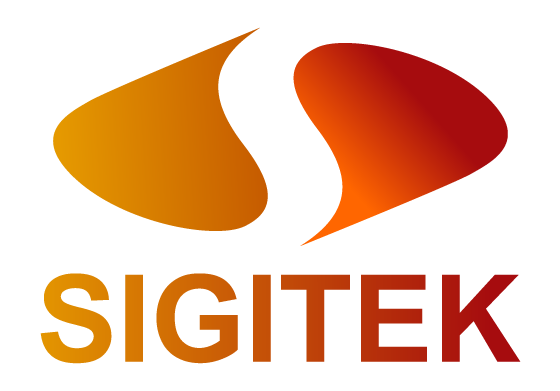- SAP EWM project scope is clearly defined in the contract or SOW The project executive sponsor should verify that contract (SOW) has a well defined scope which includes high level business requirements that must be fulfilled to transform your business to SAP.
- Verify SAP EWM expertise of key resources of SAP System Integrator (Vendor) Interview and select your SAP ECC & EWM systems integrator resources by confirming these have the right level of expertise to deliver a high quality SAP EWM solution. Some key roles on the project that must be carefully screened include Delivery Executive (prior SAP solution delivery expertise), Project Manager (SAP project management experience), SAP ECC & EWM Solution Architect (2 or more full cycles SAP solution expertise) and SAP ECC (MM, SD, QM, PP/PI, and Transportation Management) and SAP EWM functional/technical leads (relevant SAP functional or technical expertise).
- Realistic project plan with detailed WBS and proper resource levelling Project work plan should have a detailed work breakdown structures (WBS) that show tasks, activities and milestones that provide accurate visibility of project progress to the leadership. Ensure that the plan is properly resource levelled to avoid over allocation of key resources on the project.
- End-to-end business requirements traceability (forward and backward) All business requirements should be traced to a business process or non-functional attribute. SAP ECC & SAP EWM fit gap analysis should be performed on each requirement and should either have a standard SAP process covering the requirement or a RICEFW objects covering the gap. Finally, every business requirement should be covered by at least one test scenario. This approach will ensure that all business requirements are covered in the solution and also tested thoroughly.
- Comprehensive test coverage for all business processes Business leads and business process owners should validate that each business process is tested adequately with all possible variations. Variations may be to different originating or destination applications, input or output criteria, etc. Business process variations can be tested in one test case or there can be multiple test cases covering the variations.
- Sign-off on deliverables upon thorough review and acceptance by Subject Matter Experts (SME) SAP project key deliverables such as BPRD (or BPD), fit gap analysis, RICEFW inventory, project charters, test plans, solution architecture, functional specifications, technical designs and other important project documents should be signed and approved by designated persons only after these deliverables are thoroughly reviewed by subject matter experts (and inspected by project advisor or program manager where necessary). Under no circumstances should the project deliverables be conditionally approved without being “100% done-done”.
- Verify large and complex SAP solution gaps with SAP We strongly recommend that large complexity (or effort) solution gaps identified during blueprint be verified by Sigitek Team. This could help your team check if SAP has an alternate solution or one being built in a release that project could leverage. Thus your project could avoid building some high cost enhancements in the event an alternative solution exists with SAP.
- Validate RICEFW and overall realization estimates with your project advisor or internal technology expert A significant portion of SAP EWM project realization effort is design, build and testing of RICEFW objects. Verify estimates and challenge the effort with RICEFW objects in regards to assigned complexity and negotiate priority of questionable or less business relevant RICEF objects. Make sure your systems integrator has provided you with effort matrix for high, medium and low complexity object of each RICEFW object type.
- Review organisation change management and training plan with business stakeholders It is very important that OCM team has a actionable organisational change plan that incorporates feedback and action items from each business stakeholder. “Organisational Change Management Guide” document should be prepared that includes detailed strategy and execution plan to transform each unit of your organisation to SAP. This document along with periodic stakeholder satisfaction survey should be reviewed and approved by all stakeholders and signed off by executive sponsor of the project.
- Tighter change control governance Every project should deploy a Change Control Review Board (CCRB) to ensure minimal “pain and suffering” on the project due to excessive change requests. The CCRB should be chaired jointly by the project executive sponsor and the project advisor. Project Advisor should review and challenge change requests that are questionable or otherwise could be avoided. Always look for alternatives to avoid or simplify the work effort or financial impact associated with each change request.
- Key advises on EWM Resources & Project
- Seek an EWM resource that keeps only talking SAP’s best practices not the custom development
- Seek a resource that has vast knowledge/experience with Advanced Production Integration, Quality Inspection Engine (QIE), Delivery Types & Categories, Inventory Management and especially Transportation Management since it is becoming very popular recently.
- Ask for a preliminary Prototype solution before realization phase. This is a MUST
- Stay away replicating your current legacy system in the new EWM Solution. This is the one biggest mistake that causes plenty of custom development in EWM Solution unnecessarily
- Please keep in mind; SAP’s EWM module can handle 90% of any kind of the industry requirement as out of the box solution, so no need to think custom developing your solution
- Stay away deviating standard EWM functionalities
- Stay away custom developing Handheld RF Transactions – it’s the root cause of most majority of the failed EWM projects
- Use EWM RDS Solution (Rapid Deployment Solution) as your start-up guideline for your EWM project
- Validate SI’s fit/gap analysis with Sigitek Team before you get trapped with unnecessary custom developed EWM solution

